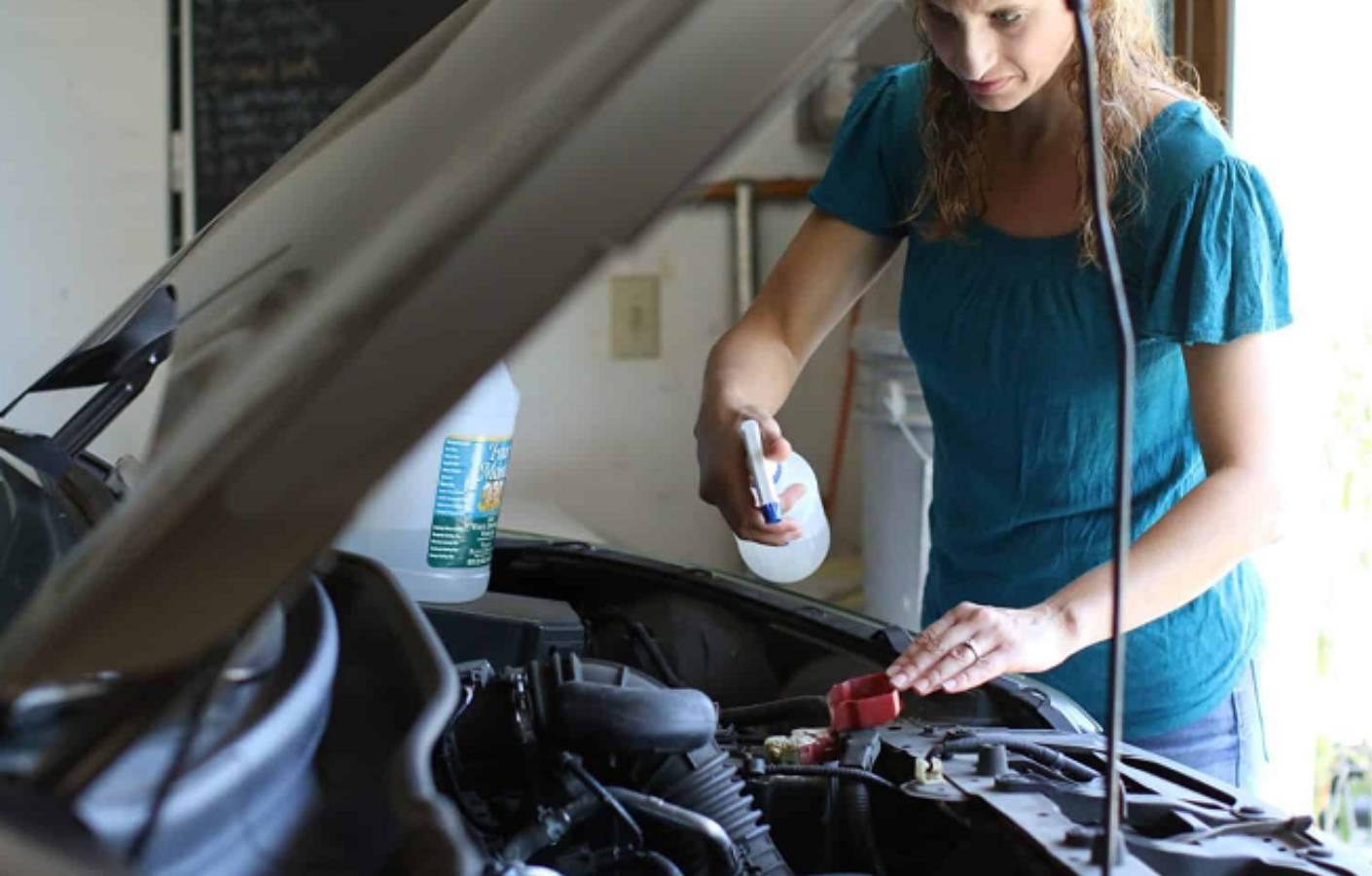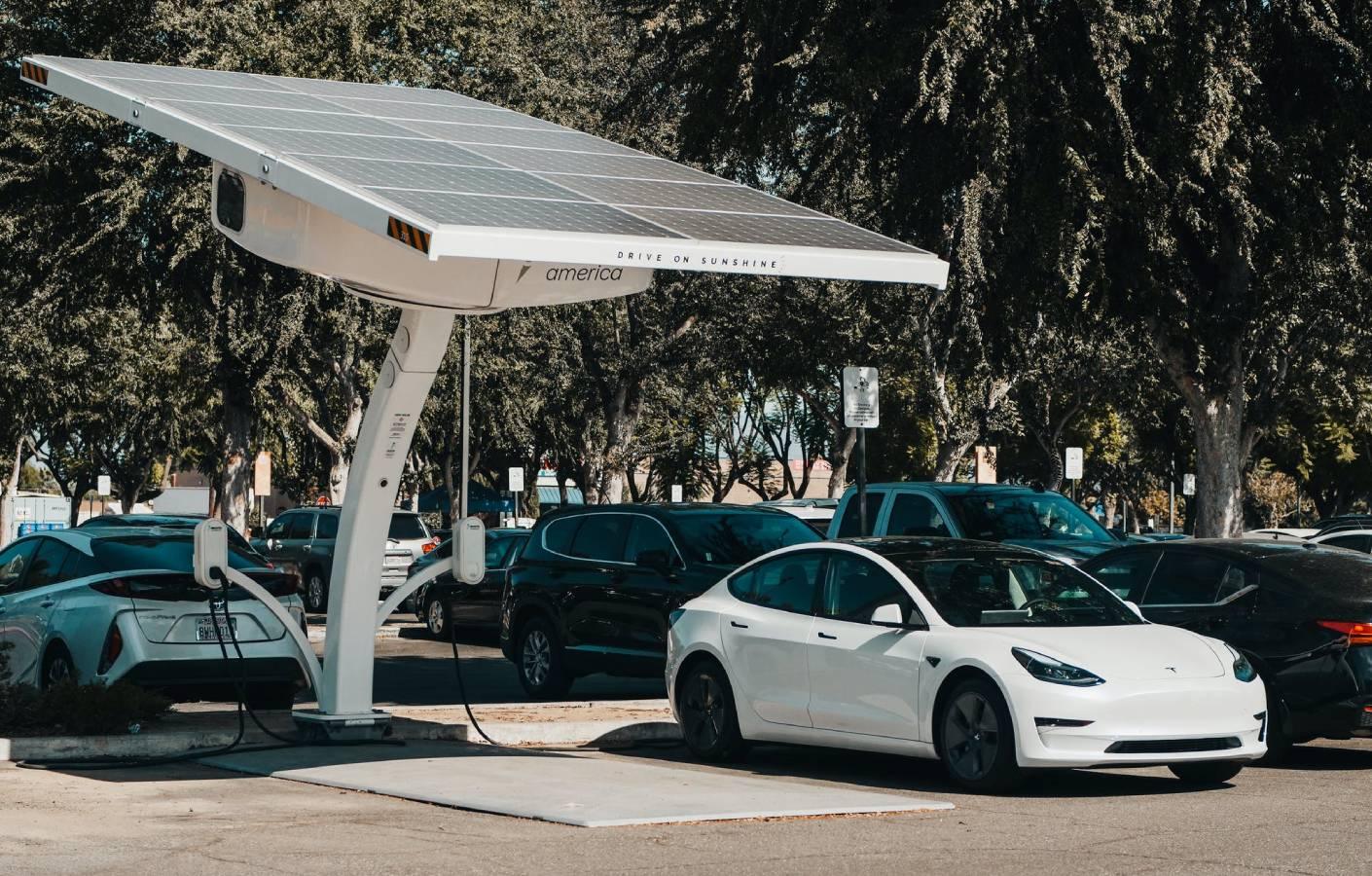Many drivers will encounter situations where the car is difficult to start, car can not jump-start because of a problem of important parts, one of the most important reasons is that the positive and negative extreme mouth of the car battery are corrosion. Car battery positive and negative electrode corrosion will reduce the efficiency of the use of car batteries. Car maintenance for battery maintenance can not be ignored, and learning to clean the corrosion of the car battery terminal can avoid unnecessary spending and trouble.

How to Clean Car Battery Corrosion? Follow these 6 easy steps to remove car battery corrosion:
1. Disconnect Your Battery Cables
Disconnect the battery with the negative terminal first. Use a wrench to disconnect the negative terminal and avoid letting the wrench come into contact with the positive side as it may shock you. Do the same for the positive terminal.
You can identify negative and positive cables by checking what they’re marked by: the negative sign (-), the abbreviation ‘NEG’, and/or the color black; and the positive sign (+), the abbreviation ‘POS’, and the color red.
2. Check for damage to the battery.
If you notice any cracks, dents, or warping with your battery, cleaning the corrosion may not do you any good. then that should serve as an indication that you should have them replaced straight away.
3. Cleaning Your Battery With Baking Soda & Vinegar
If you find yourself dealing with extra stubborn corrosion that doesn't come off with just baking soda, try the baking soda and vinegar method to clean your battery terminals. Vinegar is a powerful acid that can break down corrosion pretty quickly when combined with the fizzing action of baking soda. The baking soda method, for its part, is tried and true as well as simple to perform.
To use this method, first, make sure your terminals are disconnected. Then simply sprinkle baking soda powder on your terminals liberally. Next, pour the vinegar on the terminals and baking soda and let it sit. When you pour the vinegar on the terminals you'll see it fizz. Similar to peroxide the fizzing action breaks up and moves the dirt and grime out. After it sits for a few minutes and it's done fizzing, rinse it clean with hot water and follow the remaining steps from below before reconnecting your cables.

4. Rinse and Dry
Completely dry the battery. Water and electricity don’t mix well, so make sure the battery and its terminals are completely dry before reassembling it. After that, you’ll want to use your toothbrush or bristled brush to scrub the corrosion off. Once you’ve scrubbed away all the corrosion, rinse the battery and cable ends completely with clean water and let it all dry.
Be careful not to let the solution nor the corrosive elements fall on the other engine components to keep your car protected from the damage these could potentially cause. We advise you to take the battery out completely.
5. Take Some Corrosion-Preventative Steps
It’s never a bad idea to spray an anti-corrosion solution or apply an anti-corrosion gel to your terminals after you’re through. Doing so can help to prevent the issue from recurring! Also known as battery terminal protectors, these little guys help protect your battery posts. Use pads coated in a battery-corrosion preventative compound.
6. Reconnect Your Battery to Your Vehicle
Once you clear the corrosion (step 3), let everything dry completely (step 4), and apply some preventative substances to your battery parts (step 5), you’re ready to reconnect your battery to your vehicle.
Do this in REVERSE order to avoid injury. Start with connecting the positive battery terminal first, followed by the negative one. Car battery corrosion removal is a must-know maintenance task. Keeping your battery clean will add years to its lifespan and help maintain its performance levels.
What is the cause of battery corrosion?
How and why does battery corrosion form in the first place? This white, crusty substance is a sign of battery damage, and it happens to even the best batteries over time. Alkaline batteries (those found in most consumer electronics) are notorious for developing leaks. And when leaks form, corrosion quickly follows.

Batteries leak for many reasons. The most common is old age. Once a battery passes its expiration date, the casing is more prone to developing a leak. Sudden temperature changes may also cause the battery to expand or contract too quickly. When this happens, the battery will begin to discharge hydrogen gases. Eventually, a trail of potassium hydroxide corrosion will form on the terminals and damage the battery.
Contact Us
For further product information, please visit:
Official website: https://www.lokithorshop.com/
Facebook: https://www.facebook.com/Lokithorshop/
Email address: info@lokithorshop.com
Recommend reading: 6 Best Jump Starters with Air Compressor 2023




Leave a comment
All comments are moderated before being published.
This site is protected by hCaptcha and the hCaptcha Privacy Policy and Terms of Service apply.